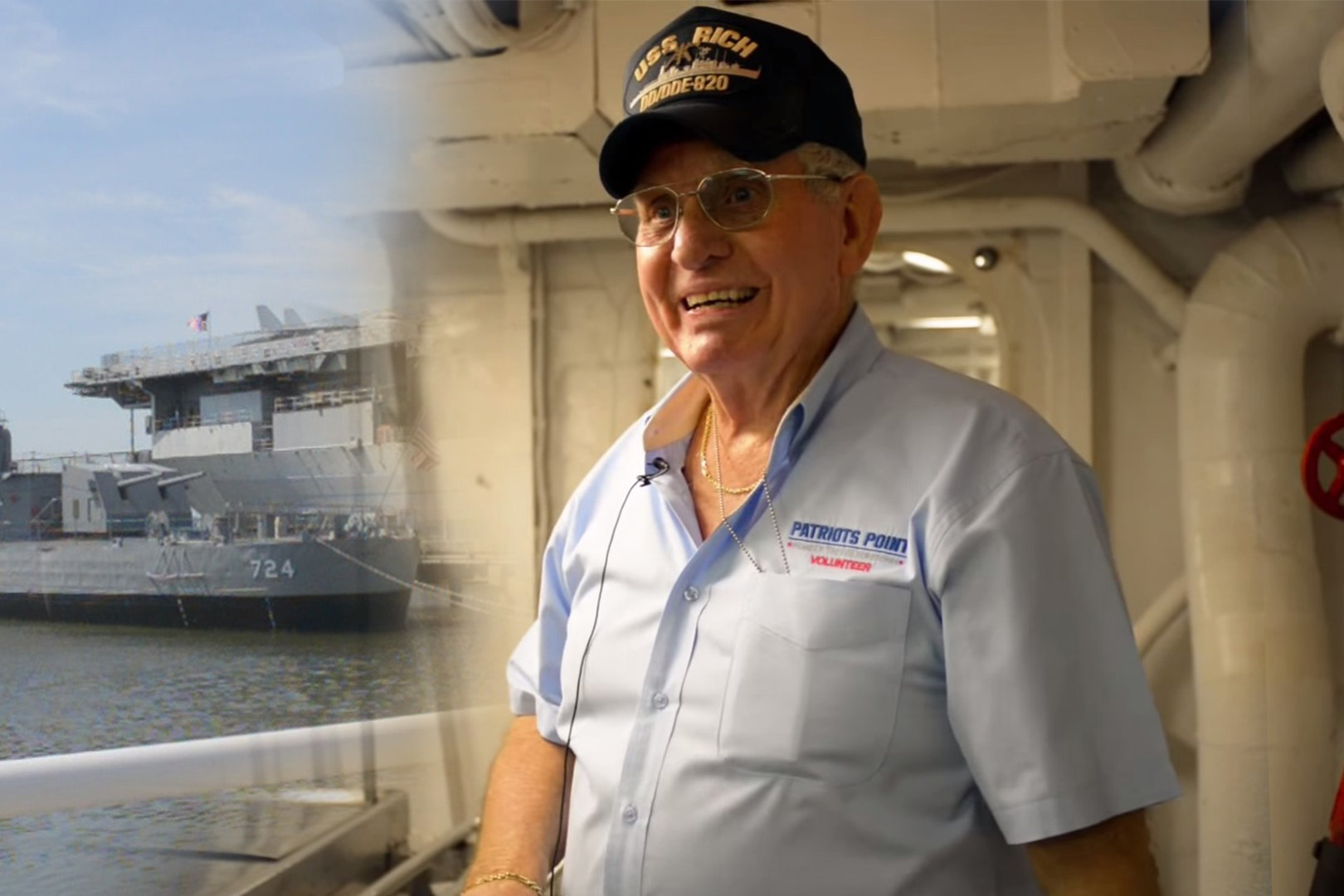

How It's Done:
NEON SIGNS
Grainger Everyday Heroes: Hoot Gibson, U.S. Navy
By Grainger Editorial Staff 6/29/20
Meet Hoot Gibson, a member of the volunteer staff at Patriot's Point Maritime Museum, and a United States Navy veteran. Hoot is going to take you on a tour of the USS Laffey, a WWII aircraft carrier, and give you a snapshot of daily life aboard the ship and pay homage to the brave men and women who served our country.
That hatch is going down to the forward fire room. We called the [engineers] snipes. There'd be a snipe [that would stick his head up the hatch and] as soon as the baker [left], [a snipe] would grab a couple of loaves of hot bread and go back down the hole. That was [pretty] common.
Topside, my name is Hoot Gibson. I'm a member of the volunteer staff at Patriots Point, [and I'm] assigned to the USS Laffey. I served [in the U.S. Navy] from 1956 to 1962. I spent 37 months aboard a ship laid out exactly like the USS Laffey called the USS Rich [docked in] Norfolk, Virginia. I was a fire control technician. We acquired the targets, put the guns on the target and fired those big guns. I was lucky. I was too young for Korea, and then I got out [of the Navy] just as Vietnam got started. They tried to get me to come back. I said, no [because you started] a war now. [My time on the USS Rich was like] a pleasure cruise.
[The USS] Laffey was commissioned on February 8, 1944. [It was an] Allen M. Sumner class destroyer. When she was launched, she displaced 2200 tons [of water]. After she was outfitted and loaded with [all the equipment and supplies], she probably displaced [about] 3800 tons of water. She was 376 feet long and 41 feet wide on her beam. Fully loaded, she carried a 17- foot draft which means she [sat] 17 feet down in the water. She was powered by two steam turbine engine systems [that made her] very fast. It was [a rough ride], there was never a calm sea with a destroyer.
[You can't use or drink salt water, you have to have fresh water]. This evaporator [takes in the] seawater, evaporates it into steam, and then condenses it back into fresh water for the boilers. This would [provide us] somewhere around a 1000 gallons [of fresh water] an hour. [We operated] an aircraft carrier at high speed and used the fresh water to cook with and to drink. For showers and the laundry, [the fresh water] was shut down.
These ships weren't crew friendly as it was common place for these ships to roll back and forth, sometimes as much as 50 degrees. [It would roll back to one side of zero and then to the other side, but it was [typical] for [it to roll back and forth at 30 or 35 degrees]. It didn't take much [of a rough] sea for it to roll back and forth. Plus, it [also rocked forward and back], diving under the water. The mess cooks would take a big pan of beans for instance, and hook it into their belts, come down the ladder, put it on that steam line and never spill a drop. [There's] the barbershop. I can tell you that [you didn't tell him how to cut your hair when you went in there] because [the barber] didn't know how to cut it anyway. You just sat there and he cut it. Everybody [would come out looking the same], but it was free.
![]()
The information contained in this article is intended for general information purposes only and is based on information available as of the initial date of publication. No representation is made that the information or references are complete or remain current. This article is not a substitute for review of current applicable government regulations, industry standards, or other standards specific to your business and/or activities and should not be construed as legal advice or opinion. Readers with specific questions should refer to the applicable standards or consult with an attorney.






